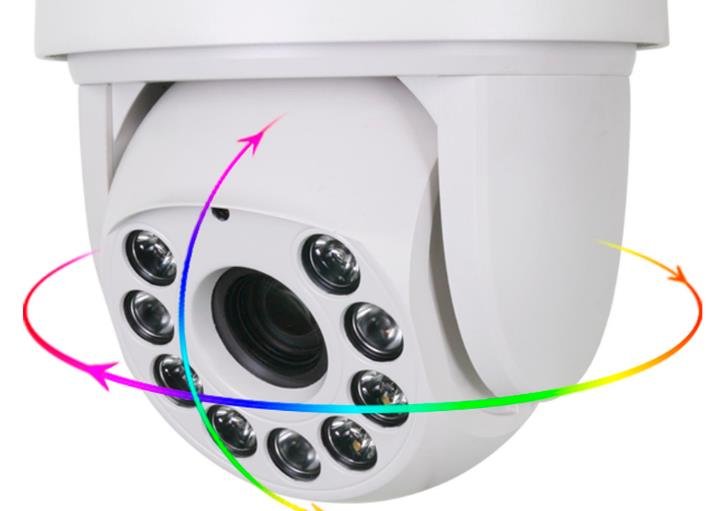In an innovative breakthrough, sharks are now playing a crucial role in gathering real-time oceanographic data. This pioneering effort involves outfitting sharks with advanced sensors that transmit vital information about the ocean’s depths and temperatures. Led by researchers from the University of Hawaiʻi at Mānoa, this initiative promises to enhance our understanding of marine environments like never before.
Sharks as Natural Oceanographers
Harnessing the natural movements of sharks, scientists have developed a method to collect extensive ocean data without the need for traditional equipment. A 3-meter long blue shark in the Atlantic Ocean is currently equipped with a sophisticated bathygraph tag. This device records temperature and depth as the shark navigates the water column, sending the data via satellite whenever the shark surfaces.
- Bathygraph Tag Features:
- Records ocean temperature and depth
- Transmits data in near real time
- Designed to detach after approximately four months
Kim Holland, a Research Professor at the Hawaiʻi Institute of Marine Biology, highlights the potential of these tags. “These tags not only track the shark’s location but also provide detailed environmental data, which is invaluable for our research.”

Expanding the Program Across Oceans
The success of the initial tagging has spurred the expansion of the “Sharks as Oceanographers Program.” Recently, a 4.2-meter tiger shark near Kāneʻohe Bay was tagged, and it has already traveled 280 miles to Nihoa Island, delivering continuous temperature and depth profiles.
Tracking Progress
| Shark Type | Length | Initial Tagging Location | Current Location | Data Collected |
|---|---|---|---|---|
| Blue Shark | 3m | Atlantic Ocean | 300 miles south Azores | 70+ temperature/depth profiles |
| Tiger Shark | 4.2m | Kāneʻohe Bay, Hawaiʻi | Nihoa Island | Ongoing temperature/depth data |
This table showcases the impressive range and data output achieved by the tagged sharks, demonstrating the effectiveness of using marine predators in scientific research.
Surprising Insights from the Depths
The data collected by these sharks is already providing unexpected insights into marine life. Contrary to previous assumptions, both blue and tiger sharks have been found to dive deeper than anticipated, regularly reaching depths of over 500 meters where the water is significantly colder.
“It’s fascinating to see these sharks venture into such deep waters. This behavior was not widely documented before,” Holland remarks. The ability of sharks to access these depths means that scientists can now gather information from regions of the ocean that were previously difficult to study.
Future Directions and Technological Advancements
The HIMB Shark Research Lab is committed to expanding this groundbreaking research. Plans are underway to include different shark species in the program, further broadening the scope of data collection.
Upcoming Projects
- Species Diversification: Tagging additional shark species to gather varied data
- Enhanced Sensors: Incorporating new parameters such as oxygen content and plankton density
- Global Expansion: Extending the program to other oceanic regions for comprehensive data
These advancements will not only improve the quality of the data collected but also provide a more detailed picture of ocean health and dynamics.
















